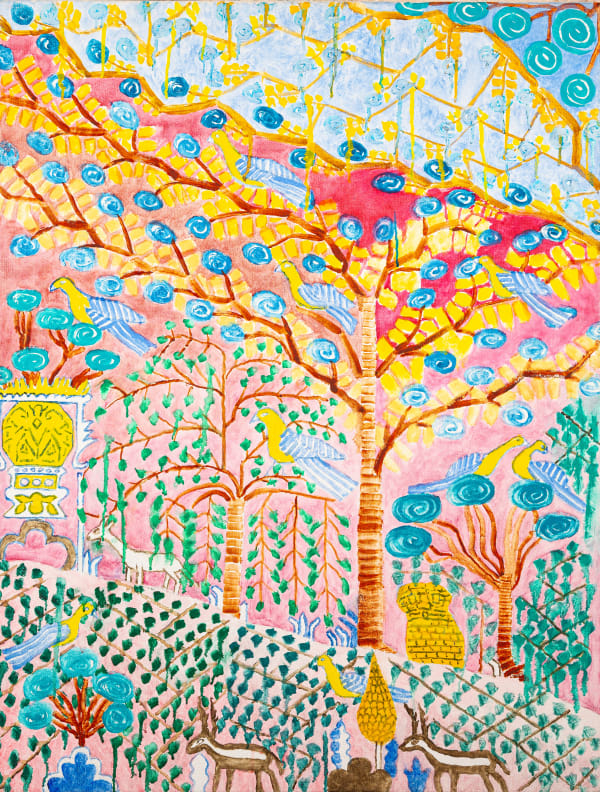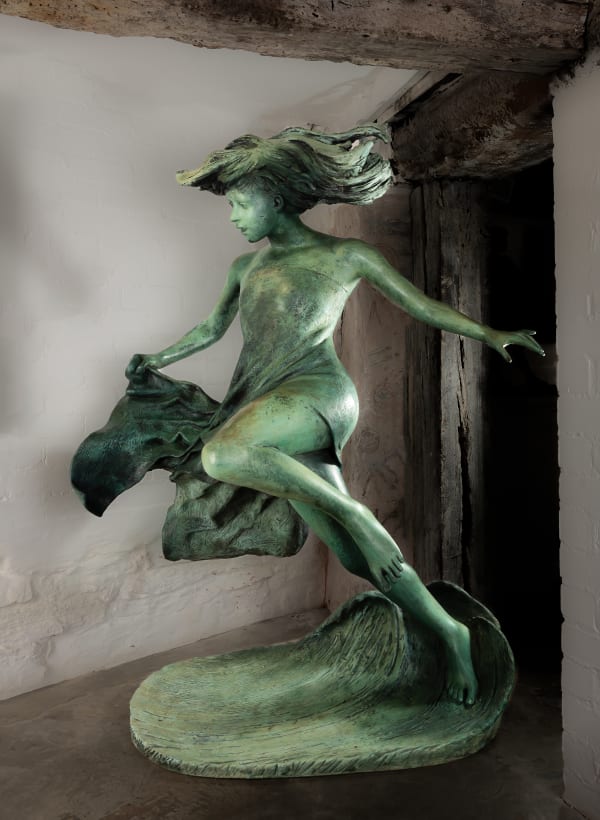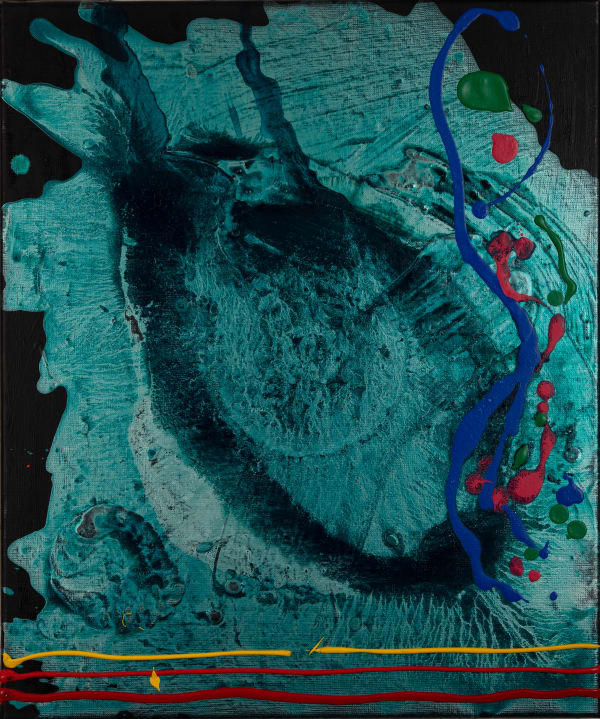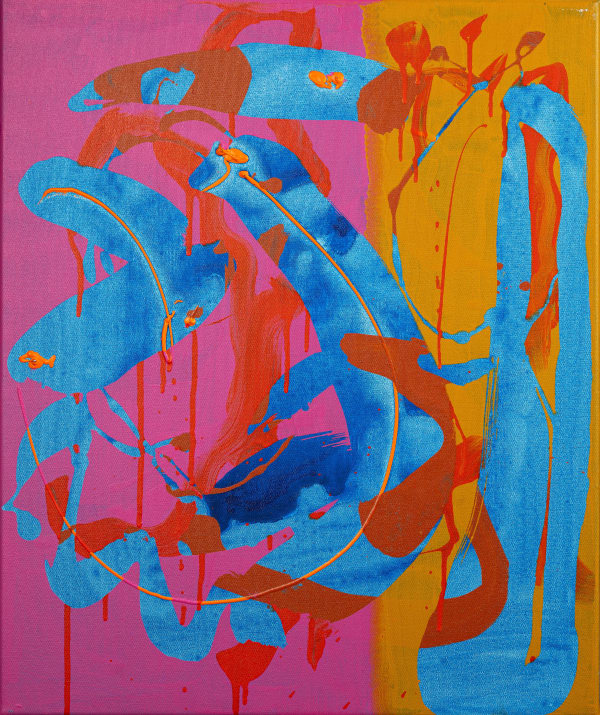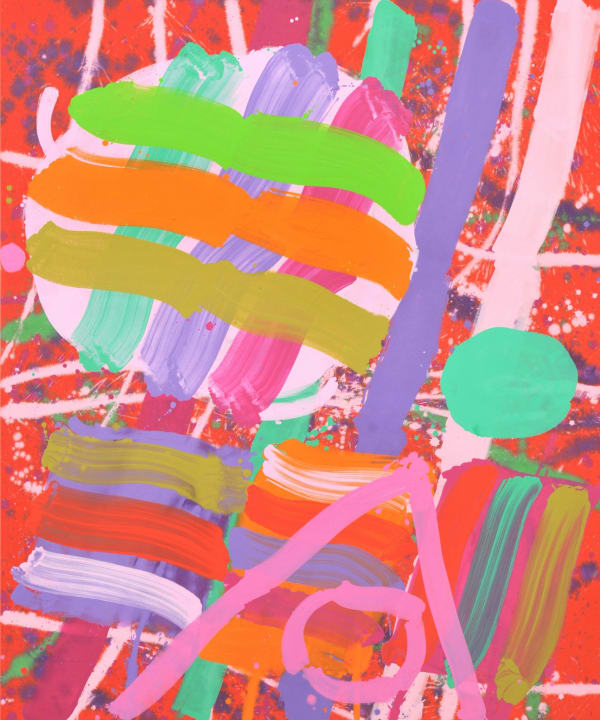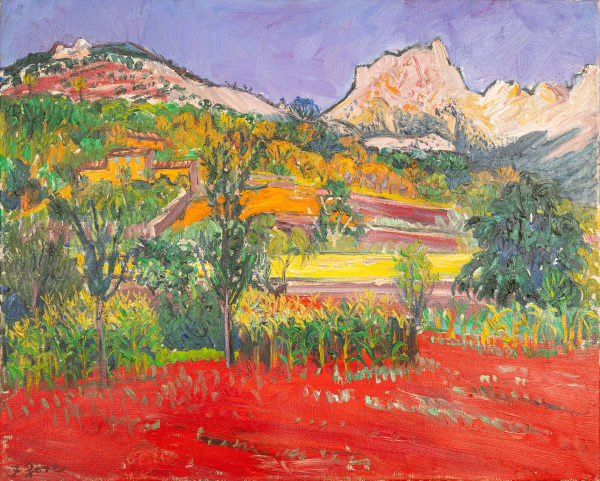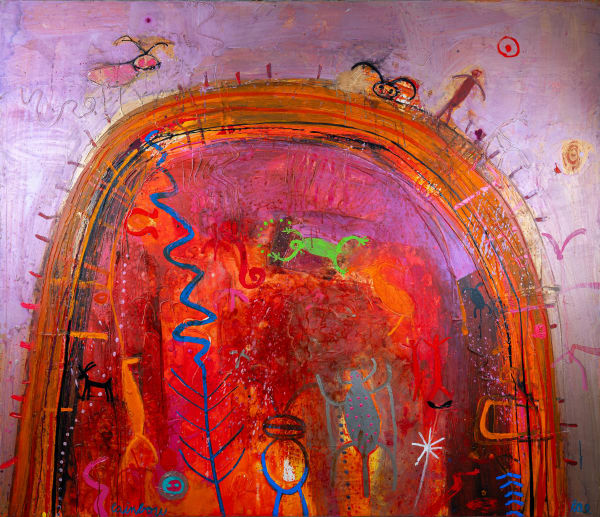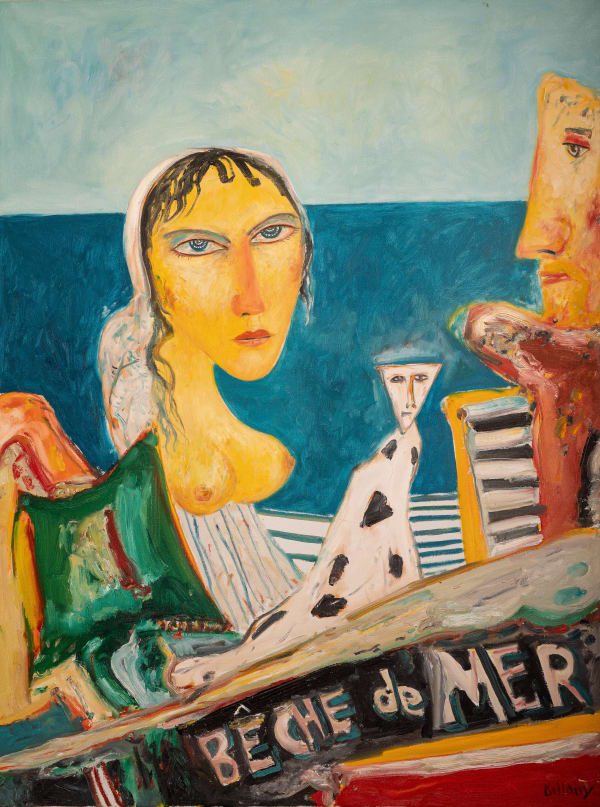-

Adrian Berg RA (1929-2011)
-

James Butler MBE RA RWA FRBS (1931-2022)
-

Prof John Hoyland RA (1934-2011)
-

Prof Maurice Cockrill RA (1936-2013)
-

Albert Irvin OBE RA HRWA (1922-2015)
-

FREDERICK GORE CBE RA (1913 – 2009)
-

Angie Butler
-

Dame Barbara Rae DBE RA FRSE
-

John Bellany CBE RA HRSA (1942-2013)
-

David Mach RA
-

Philip Sutton RA
